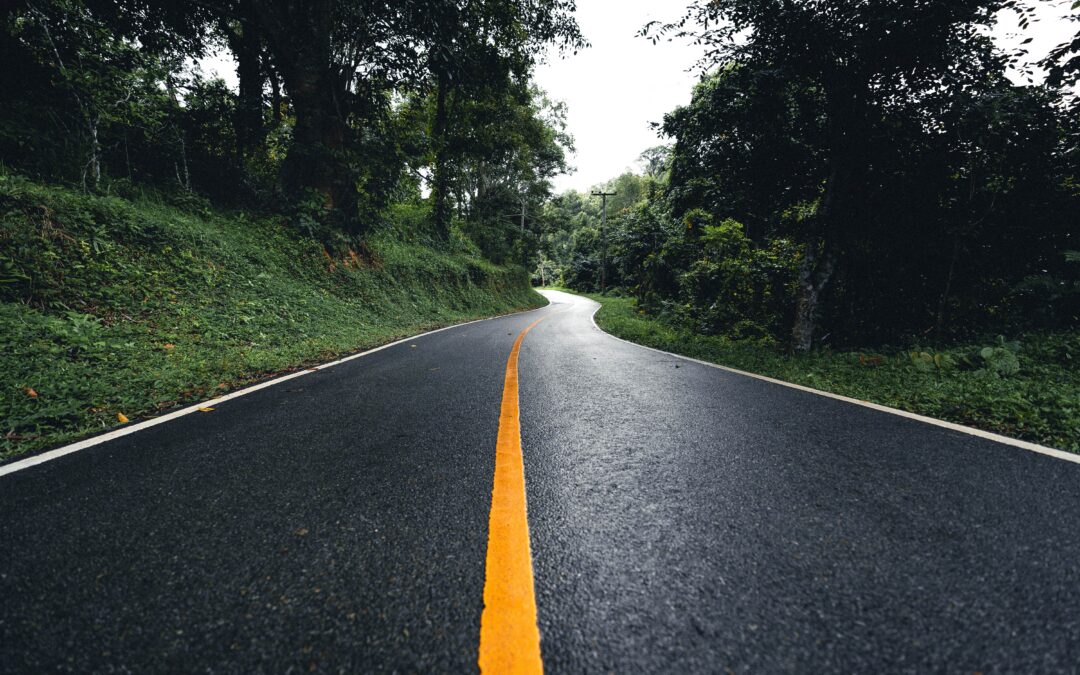In the past decade, eye-opening data on the fading of the American Dream have prompted a range of philanthropic efforts to boost economic mobility in the U.S. In recent years, many funders have devoted more attention to elevating economic mobility for Black Americans, who continue to face substantial barriers compared to their white counterparts.
Yet the Black rural South — the 200 rural counties in the South with Black populations of 25 percent or more — remains mostly overlooked. This region, marked by a long history of slavery, extractive economies, and structural racism, is home to some of the lowest rates of economic mobility in the entire nation. However, it’s also home to a rich network of resilient leaders and organizations tirelessly working to uplift economic mobility — if they can secure the funding to support their crucial efforts.
An Opportunity for Philanthropy to Move the Needle
For a recently released research study by The Bridgespan Group and National 4-H Council, we spoke to funders who are active in the region. Those conversations made clear that the Black rural South is far more integral than it might appear to many other national funders’ — and Southern regional funders’ — priorities. This is especially true for those aiming to move the needle on economic mobility and racial equity in the U.S.
Why? First, the need — and opportunity — are substantial in this region. “If equity is in your mission and vision statement and you don’t have a rural BIPOC strategy, you’ve missed the mark,” says Justin Burch, president and CEO of Mississippi’s Washington County Economic Alliance. “The data tells us this is where poverty is still living and where it’s more entrenched. So when we are trying to make decisions, there’s not only this moral imperative to it for us, but there’s an economic imperative to it as well.”
Furthermore, residents of the Black rural South often migrate to cities nearby or to other states and are thus intertwined with Black communities, rural and urban, across the U.S. Economic progress in the Black rural South therefore has ripple effects on Black economic mobility throughout the country.
Finally, chances are that many philanthropists’ giving in other regions is already affecting the Black rural South — particularly when focused on changing federal policies. Consider legislation around the new clean energy economy. Melanie Allen, co-director of the Hive Fund for Climate and Gender Justice, noted the opportunities that emerge from clean energy to reach affected communities, including the Black rural South. “Thinking about what it looks like for folks to be included in this new economy, and not the new economy to just be built up around them, has been and will continue to be really important,” she says. Similarly, educational and criminal justice policies affect the Black rural South, yet movements to give voice to — or tap into the expertise of — communities in the region remain underfunded.
Even with conviction on the importance of investing in the Black rural South, funders might consider shifting their mindsets to suit the opportunity. Funders already in the region understand that one funder can make a difference, appreciate the social ROI of the work, and recognize the excellent partners and intermediaries in the region. These mindsets, which we detail in our report, will serve funders well in the Black rural South and beyond.
Room for Philanthropic Growth in the Region
Looking ahead, there is room for many types of funders, taking a wide array of approaches. For example, the NEA Foundation recognizes that community schools can have a transformative impact in the Black rural South, helping bridge educational disparities. The anti-poverty-focused Mary Reynolds Babcock Foundation has invested for years in grassroots movements, land trusts, and voter mobilization across the region.
Within that variety, however, there are some critical common steps philanthropic organizations should consider:
- Assess your priorities and portfolio. Funders focused on racial equity and economic mobility nationally and in some cases regionally may discover an underinvestment in the Black rural South when assessing their current priorities and portfolios. Our study highlights why this matters — and how funders can access opportunities for impact.
- Include voices from the Black rural South in your planning and decision-making. Authentically including leaders and community members from the Black rural South early can significantly enrich discussions and identify opportunities.
- Continue learning about the past, present, and future of the region and its communities. Funders can ground themselves by reviewing landmark studies such as “As the South Grows,” a series by Grantmakers for Southern Progress and the National Committee for Responsive Philanthropy, which offers insights into funding possibilities in the South, and Philanthropy Southeast’s “Leading with Courage” report, which highlights foundations in the South embracing equity-focused approaches.
- Start giving — or give more. For those who are newer to the region, intermediaries mentioned in the report offer valuable ideas so you can get started quickly. And our report features many organizations that have developed their strategies and mindsets through direct investments and learning from local leaders.
By recognizing the critical role of the Black rural South and directing resources to it, we can take meaningful steps toward ensuring that the American Dream becomes a reality for all.
Mike Soskis is a principal at The Bridgespan Group based in North Carolina. Angie Estevez Prada is a consultant at Bridgespan, based in Boston, and Mark McKeag is a partner in the same office.


